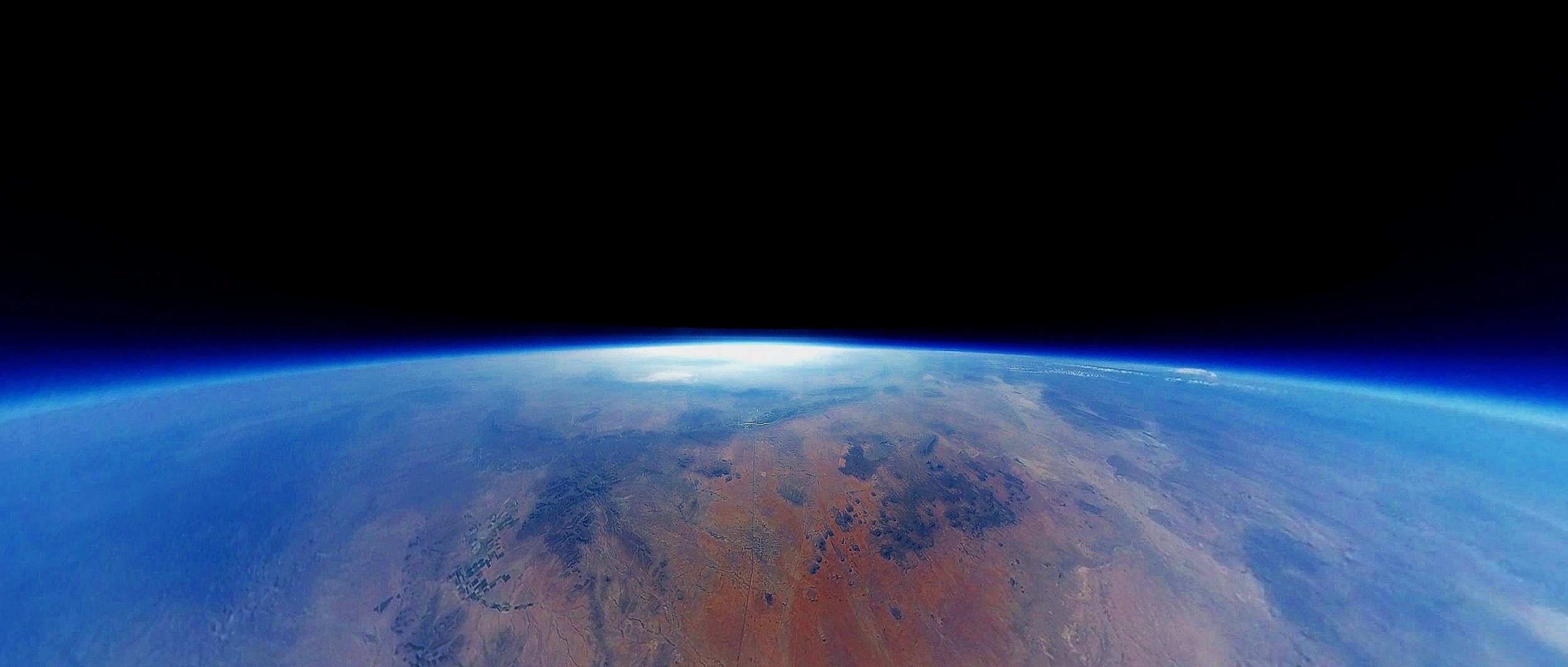
Virtual Professional Developmnet
For K-12 Teachers & Informal Educators
This introductory course will teach you everything you need to know in order to build an Arduino-based CubeSat experiment with your students. No prior experience with electronics is required. You will also have the opportunity to send us your student-made experiment for flight aboard one of our high altitude balloon missions to the edge of the atmosphere.
Participants will be able to…
– assemble an Arduino microcontroller and sensors.
– program an Arduino and collect data from the sensors.
– solder basic components for CubeSat builds and future electronics projects.
– assemble a CubeSat frame containing an Arduino microcontroller and sensors.
– understand & use the Engineering Design Process to develop future CubeSat experiments with students.
The primary purpose of this virtual training is to provide teachers with an accessible, self-paced program to introduce them to working with CubeSats in the classroom. With the training and resources from this course, teachers will be able to work with their students to build flight-ready CubeSats and experiments that can be flown on multiple launch platforms.
This course will strengthen the understanding of science, technology, engineering, and math (STEM) studies and careers through guided work in spaceflight experiments and engineering. It introduces affordable, easy-to-use flight experiment equipment and flight opportunities to educators across the US. Through our programs, we enable communities of learners to participate in authentic, hands-on exploration in STEM tied to actual spaceflight missions.
Choose from the following to fit your needs and budget
TIS Online Course: TIS will grant access to our online course. Introducing teacher participants to Arduino programming, CubeSat experiment development and other instructional videos. The 12 online modules will be available for teacher participants to replay throughout this project.CubeSat Emulator Kit: includes Arduino microcontroller, USB wire, temp/pressure sensor, gyro/accelerometer, real time clock, microSD module, microSD card, photoresistor, LEDs, resistor, breadboard, jumper wires, 9v battery connector, 9v battery, coin cell battery, CubeSat frame pieces, and additional screws, nuts, etc. shipped to teacher participant for their classroom.Soldering Kit & Supplies: includes safety glasses, soldering iron, solder, flush cutters, helping hands, solder fume filter, desoldering pump, and soldering mat shipped to teacher participants for their classrooms.Virtual Support: covers TIS personnel offering online support sessions, one-on-one virtual support, email, text, and phone support for teacher participant working through the engineering design process with their students to deliver working experiments and designs to TIS for a high altitude balloon mission. Teachers must meet milestone deadlines in the school year, delivering a brief Proposal with Testable Question, Logical Design, Physical Design, and evidence of a built, working CubeSat experiment.High Altitude Balloon Mission: covers Stratospheric balloons, to include but not limited to balloons, helium, cabling, cameras, comms, and cost for running a balloon mission. Teacher participant is responsible for sending in their classroom experiment, in a timely manner, TIS will provide shipping label. Deadline April 13, 2026 for flight integration. April - May 2026: TIS launches student classroom experiments on a high-altitude balloon mission (HAB) retrieving data (if possible). A virtual online debriefing session is scheduled to analyze the resulting data with teachers. TIS ships back teacher participants’ student-built CubeSat experiments.Professional Development Credit
Participants will receive certificates of completion for 16 hours of professional development credit. We can work with participants to ensure that these hours are aligned with their state’s certification requirements.







